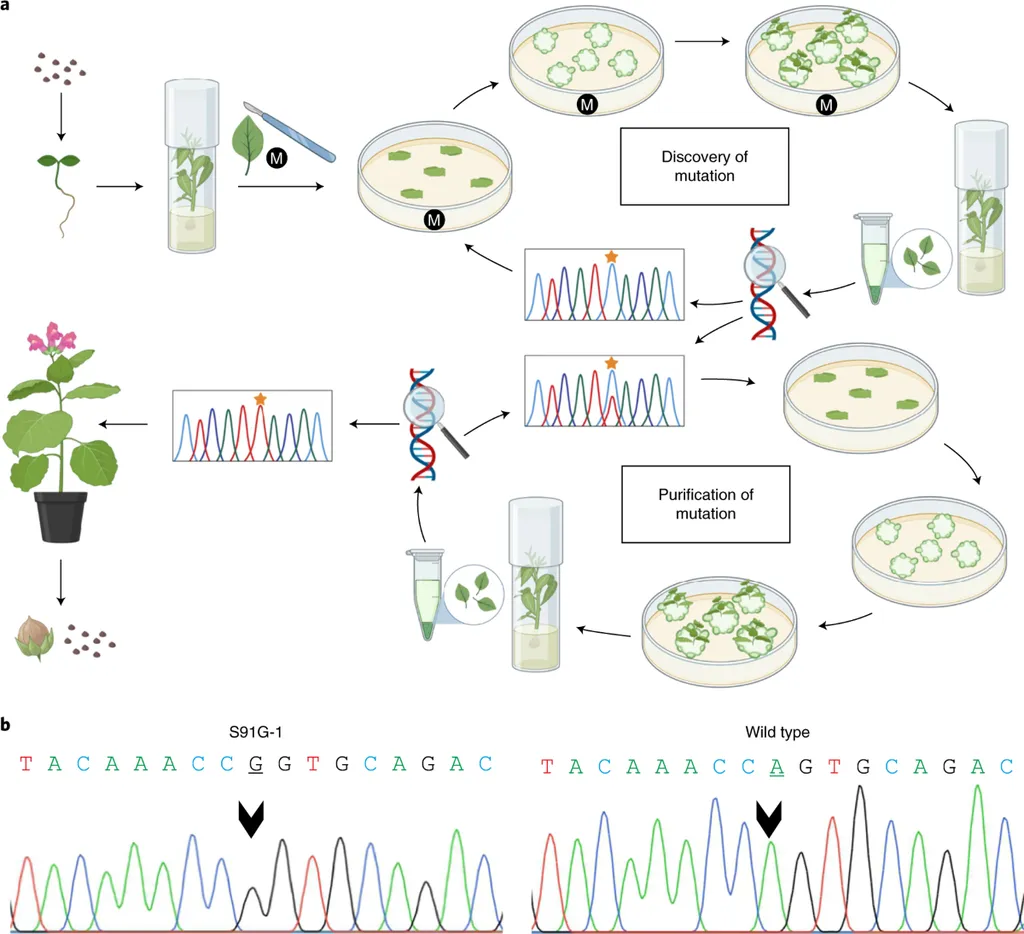In the realm of plant genomics, a significant leap forward has been made with the development of HiMT, a high-fidelity, data-driven mitochondrial genome assembly toolkit. This innovative software, designed by Shuyuan Tang and colleagues, promises to revolutionize the way researchers approach organelle genome assembly, particularly for plant species. Tang, affiliated with the State Key Laboratory of Tropical Crop Breeding and the College of Horticulture at South China Agricultural University, has led a team that addresses long-standing challenges in the field.
The assembly of chloroplast and mitochondrial genomes has historically been a complex task due to frequent recombination events and abundant repetitive sequences. Existing tools often require extensive parameter tuning and substantial computational resources, posing barriers to widespread use. HiMT, however, offers a user-friendly, out-of-the-box solution that enables one-click assembly using default parameters. “HiMT automatically estimates read coverage depth and employs a fixed k-mer prefix strategy to minimize computational demands,” Tang explains. This makes the tool accessible even on standard laptops, democratizing advanced genomic research.
The implications of this development are far-reaching, particularly in the energy sector. Plant mitochondrial genomes are crucial for gene function studies, evolutionary analyses, and targeted breeding. Efficient and accurate assembly of these genomes can lead to advancements in bioenergy crops, which are essential for sustainable energy production. By streamlining the assembly process, HiMT can accelerate research and development in this critical area.
Benchmark tests have shown that HiMT delivers complete assemblies with a high success rate, fast runtimes, and low hardware requirements. The tool also features a graphical user interface (GUI) and generates interactive reports for assessing the quality of organelle genome assemblies. “We anticipate that HiMT will facilitate high-quality plant mitochondrial genome research and significantly streamline organelle genome assembly workflows,” Tang states.
The availability of HiMT is a boon to the research community. It is freely available to non-commercial users at https://github.com/tang-shuyuan/HiMT. This open-access approach fosters collaboration and innovation, ensuring that the benefits of this tool are widely shared.
Published in the journal ‘Plant Communications’ (translated to English as ‘Plant Communication’), this research marks a significant milestone in the field of plant genomics. The development of HiMT not only addresses current challenges but also paves the way for future advancements. As researchers continue to explore the potential of organelle genomes, tools like HiMT will be instrumental in driving progress and shaping the future of plant science and bioenergy research.

